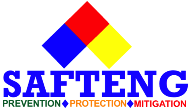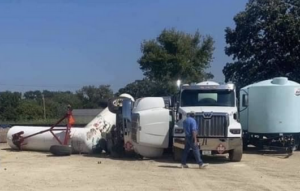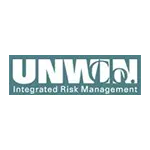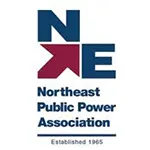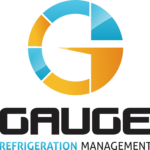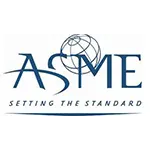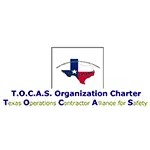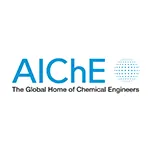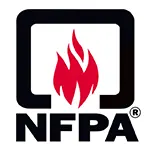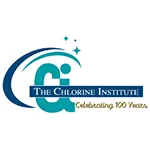Let us help you make sense of PSM / RMP!
My friend Brian Chapin will be offering an open-enrollment PSM/RMP class in Burleson, Texas, July 8th to 11th, 2025. Brian is an absolute pro in NH3 Refrigeration Process Safety. Anyone who attends will also get a FREE membership to SAFTENG. You can get more information on the class with this link.
CLICK HERE to Renew your Membership
CLICK HERE for a NEW Membership
CLICK HERE to see eligibility requirements for FREE Membership
If you have any questions, please contact m
SAFTENG has:
- Over 18,000 categorized unsafe acts/conditions and accident/injury photos
- Over 1,500 ppt's & doc's in the SAFTENG Library
- Over 4,000 Technical Articles on Process Safety, Emergency Response & OSH topics
- Over 450 videos (those not allowed on YouTube Channel)
Many THANKS to my NEW Members and those who CONTINUE to support SAFTENG:









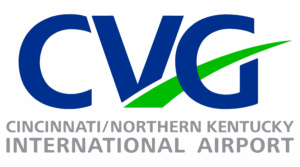

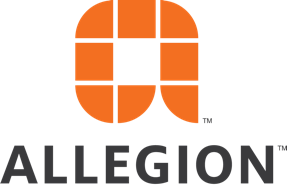
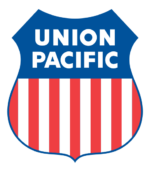

February 28, 2024
Maybe 1% of businesses we come across are ready for something more than a fundamental approach to safety management. Most have not even given a formal and structured Safety Management System (SMS) a chance to work, or they have stripped down an already very basic SMS to nothing more than “window dressing” and then complained, “It did not work for us” after a year of trying....
Read More
February 28, 2024
Yes, I am betting this same drum again. I believe in Reason’s SMS model, especially his Human Failure model of Errors, Mistakes, and Violations. This recent incident is a perfect example of management’s lack of understanding of SMS fundamentals and how LATENT ORGANIZATIONAL FAILURES result in horrible outcomes. Essentially, this is what happened: An LOPC event occurred,...
Read More
February 28, 2024
As you know, I always like to go back in time and pass on what I learned from my former bosses and mentors. This one is a classic and is usually in the Top 5 frustrations of non-safety management personnel: The ever-changing safety programs and expectations every time we get a new safety leader I hate to be the one to say it, but usually, I’m one of the few who will say it, but this problem/frustration...
Read More
February 28, 2024
These two (2) findings could almost be standard for most SMS assessments/audits. Two of the major failures in the implementation and day-to-day management of an immature SMS… (emphasis by me) Finding: Boeing primarily focused its SMS implementation efforts on safety risk management (SRM), which is only one fundamental pillar of the ICAO or Boeing SMS structure. To some extent, Boeing also...
Read More
February 28, 2024
The topic of SMS in aviation has been around for more than 30 years. The FAA provides the following description of SMS and its principles: Technology and system improvements have made great contributions to safety. However, part of being safe is about attitudes and paying attention to what your surroundings are telling you. Whether through data or through the input of employees and others, recognizing...
Read More
February 28, 2024
I was reading through the Boeing Safety Assessment report and was so happy to see they used James Reason’s safety culture model, which consists of five components that collectively would cultivate a positive safety culture. The five (5) components include: Reporting Culture, Just Culture, Flexible Culture, Learning Culture, and Informed Culture SAFTENG members can read more on Reason’s...
Read More
February 27, 2024
Respondent has a P-Tank Farm Vinyl Acetate Monomer {VAM), D-Tank Farm Toluene Diisocyanate (TDI), and the Isopentane and Isopentane/n-Pentane blend Intermodal Transfer processes at the Facility, meeting the definition of “process,” as defined by 40 C.F.R. § 68.3. Isopentane, pentane, acrylonitrile, toluene diisocyanate (unspecified isomer), and vinyl acetate monomer are each a “regulated...
Read More
February 27, 2024
On October 19, 2019, @ 07:15 a.m., a contractor employee was standing on a scissor lift and replacing insulation on the pipes in the engine room of Building 3. As the employee lowered the scissor lift, the walking platform of the scissor lift where a technician was standing struck the service drain valve (3ML 3064) and cracked the nipple at the thread, causing an uncontrolled release of pressurized...
Read More
February 27, 2024
One of the more widely found complaints regarding safety professionals is that “they don’t talk about safety in terms that management can understand/embrace.” Personally, as a safety professional, I find that an easy excuse not to embrace safety MANAGEMENT, but I may be a bit biased since I am a safety professional and I have never had a management group accuse me of such nonsense. ...
Read More
February 26, 2024
This was a brief 30-minute chat with my friend and longtime supporter @ SAFTENG on the topic of Permit-Required Confined Spaces. This first episode was just the basics, but I explain how a confined space is DEFINED and how that confined space becomes a Permit-Required Confined Space (PRCS). We then discuss the three (3) entry options: (c)(5), (c)(7), and (d)-(k), and many of the pros...
Read More
February 26, 2024
The Federal Motor Carrier Safety Administration (FMCSA) and the Pipeline and Hazardous Materials Safety Administration (PHMSA) issue this safety advisory to provide notice of the possibility of catastrophic failure of certain hazardous materials packages commonly known as “nurse tanks.” See Title 49, Code of Federal Regulations (49 CFR) §173.315(m). NOTE: SAFTENG members can see pics of this event...
Read More
February 26, 2024
For those who believe entering a PRCS would not happen when the Oxygen level is measured at 19.5% (IDLH for O2 Deficiency)… November 22, 2022, @ 1:00 p.m., an employee from a local chemical company was cleaning the inside of a tanker trailer. The employee was required to enter the tank and wash out the tank with soap and water. Before entry, the oxygen level in the tank was 19.5%. The employee...
Read More
